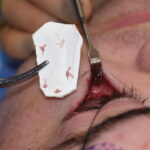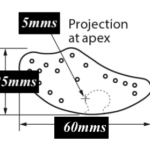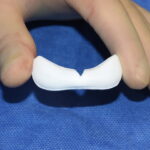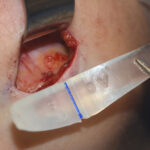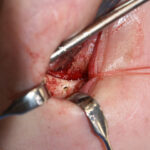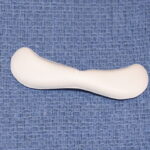ePTFE Premaxillary and Paranasal Implants for Central Midface Augmentation
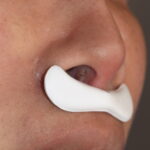
There are various manifestations of a midface that lacks adequate horizontal projection. But one of the most common is seen at the central midface around the base of the nose. The projection of the nose is highly influenced by the growth of the nasal septum and the development of the maxilla underneath it. Specifically the Read More…



